Photographer William Klein’s Lifetime of Work Comes Into Focus at the ICP
- Oops!Something went wrong.Please try again later.

At 94, William Klein remains an artistic threat — and one who is about to get his just due.
Come Friday, visitors to the International Center of Photography in New York can judge his career themselves. “William Klein: YES; Photographs, Paintings, Films 1948-2013” will occupy the entire museum through Sept. 12.
More from WWD
Fashion photography, street photography, painting, filmmaking, graphic design, abstract art, writing, book making — the range of his work should give visitors pause. Curator and the ICP’s managing director of programming David Campany says, “What’s always completely overwhelmed me about his work is how he managed to carry on about five artistic careers all at once — in parallel. He began as a painter and moved into abstract photography and then he moved into fashion photography, and also street photography at the same time. He begins making feature films and then documentary films. He juggles these careers for decades. This is a chance to bring them together and weave them together. You can see how they inform each other. It’s one artistic vision across all these different genres and decades.”
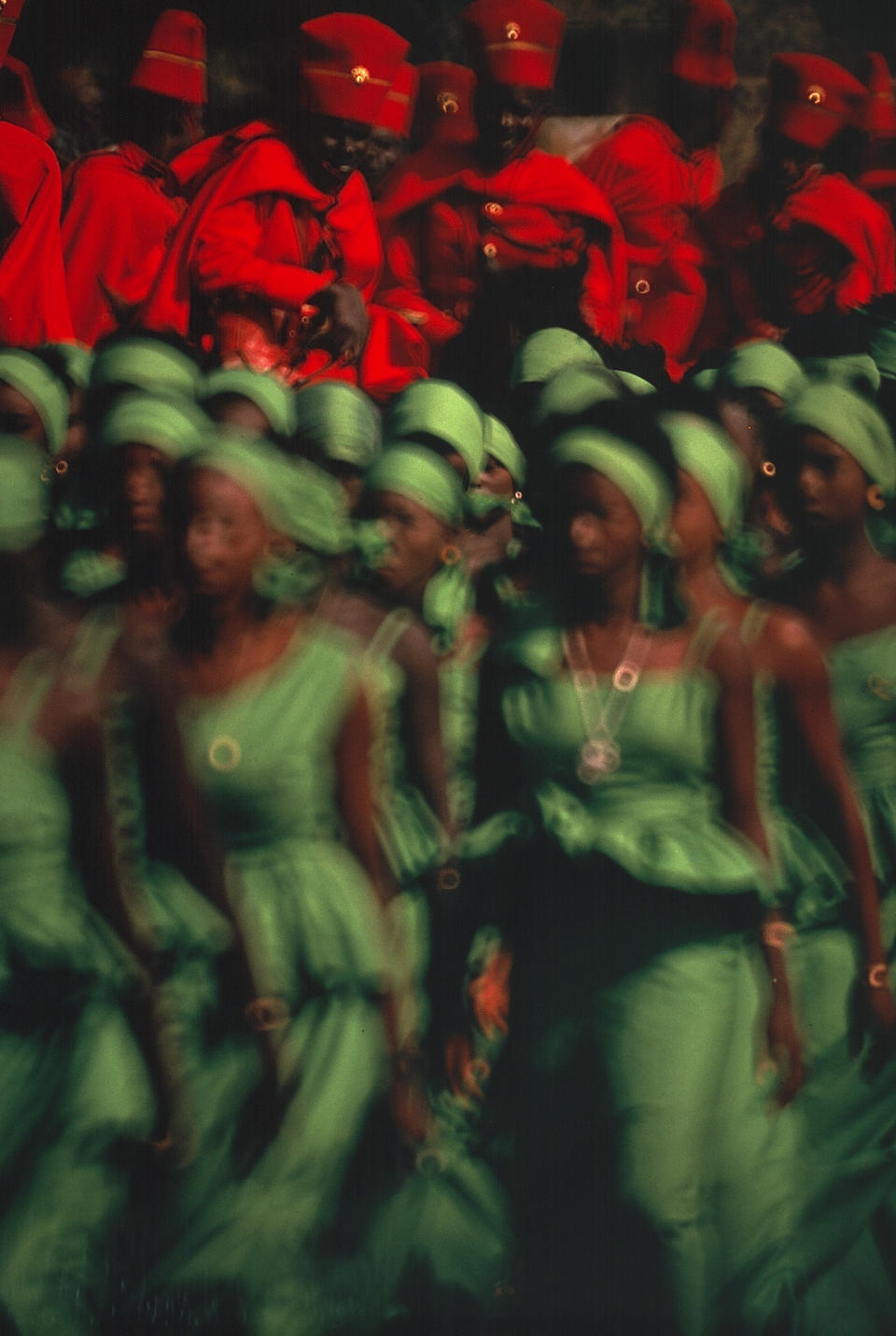
Photo by William Klein/Courtesy Howard Greenberg Gallery
The exhibition is a true artistic homecoming for the Manhattan-born Klein, whose fame glimmers brighter globally, contends Campany. The guest of honor will not be able to attend the opening. Having known Klein for 10 years, Campany says without hesitation how Klein doesn’t talk about his legacy. “No. He lives in the moment. He really doesn’t talk about his legacy. He rolls his eyes [at the thought],” Campany says. “He would think it a little pompous to be thinking about legacy and posterity.”
Even so, filmmaker Stanley Kubrick told Klein upon meeting him in 1966, “‘William, you’re probably too far ahead.’ That remark really stayed with him. It slightly worried him that he had to think so far ahead that maybe he wouldn’t be understood,” Campany says. “But it’s great that this show is happening within his lifetime.”
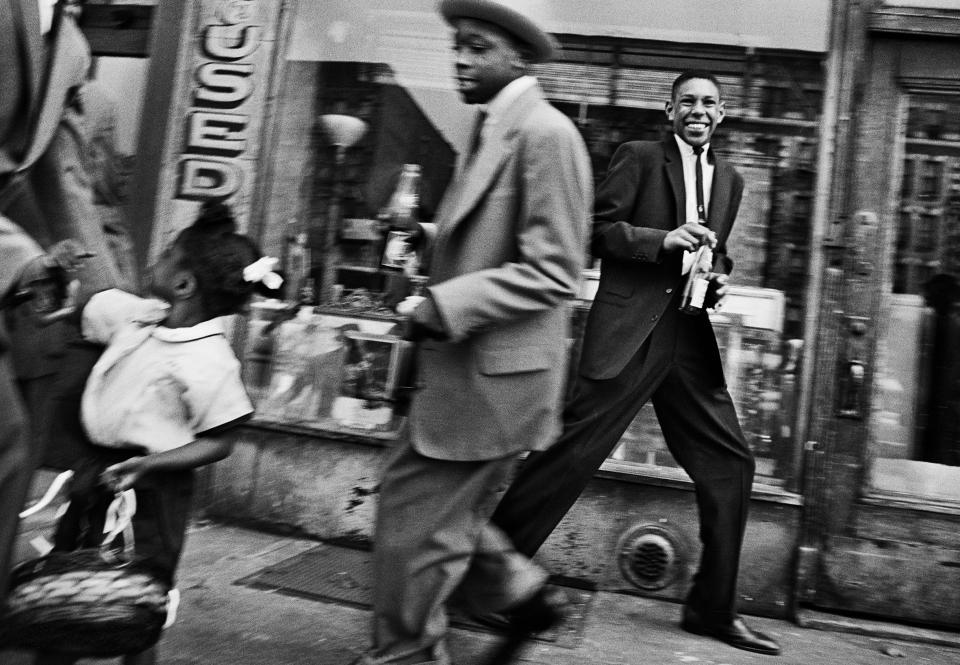
Photo by William Klein/Courtesy Howard Greenberg Gallery
Klein’s grandparents emigrated from Hungary to the U.S. at the tail-end of the 19th century and settled in the Lower East Side, where they had a Delancey Street store — just around the corner from the ICP. In 1946, Klein left New York as a City College of New York undergraduate to enlist in the U.S. Army and two years later put down roots in Paris.
While at the Sorbonne during that post-war period, his studies led to the studio of Fernand Leger. After befriending the abstract artist Robert Motherwell in Paris, they discussed scale, the relation to art within the space that it hangs. Later inspired by the Bauhaus and Mondrian movements, Klein made murals, and collaborated with Angelo Mangiarotti. The Bauhaus’ mixture of art and design and their willingness to experiment enormously influenced Klein. Campany says, “He can’t make an uncompelling image just on a graphic level. Beyond that, what ties it all together is an enormous sense of curiosity for humanity — the circumstances that people find themselves in.”
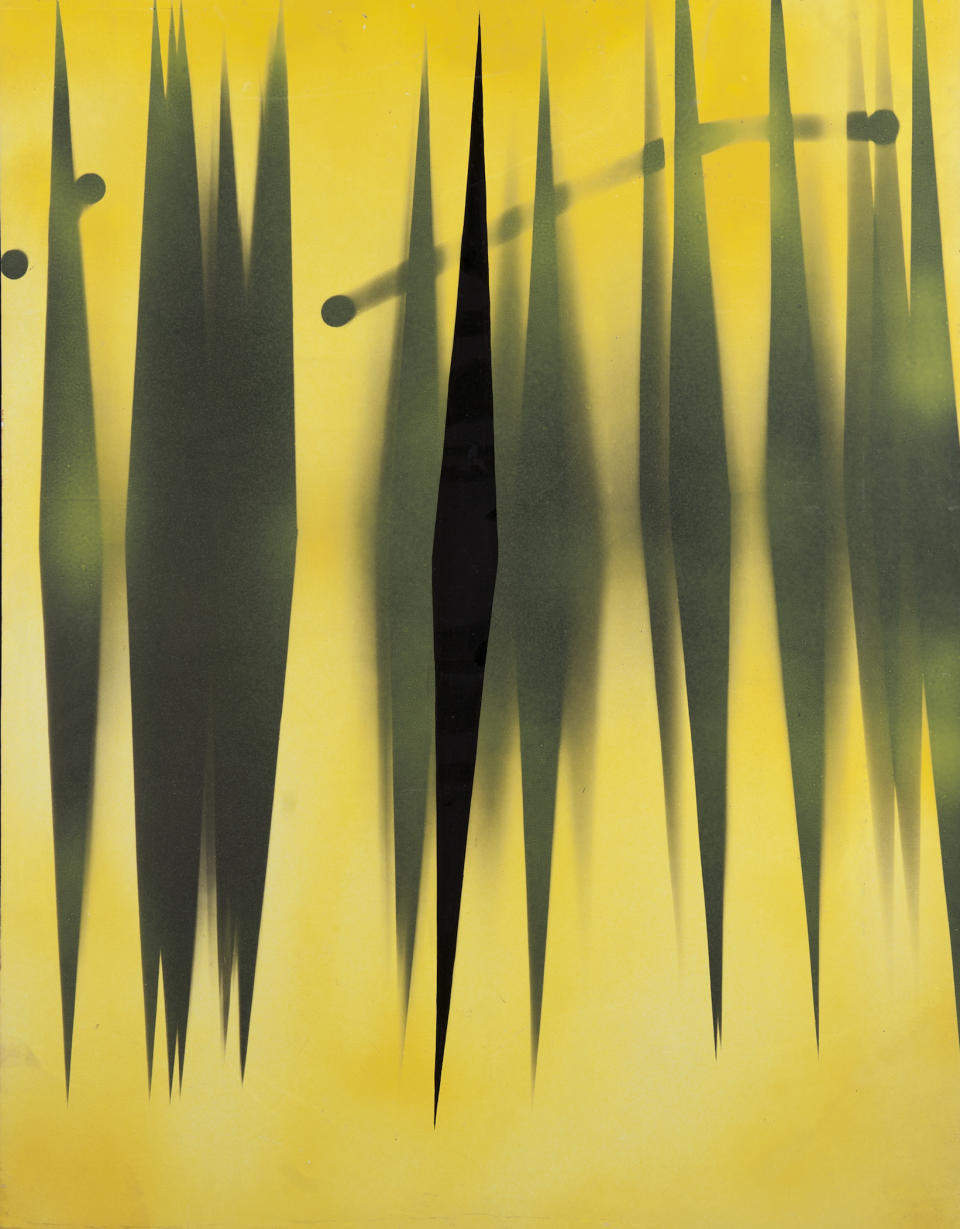
Photo by William Klein/Courtesy Howard Greenberg Gallery
During his New York days, Klein frequented the Museum of Modern Art, where he discovered the work of photographer Edward Weston, as well as documentary ones of the ’30s like Walker Evans and Dorothea Lange — all of whom influenced him. The ICP show will be characteristically Klein — lots of images, not a lot of white space, and non-museum like with the focus on the experiences. Photographs, films and books from the prolific creative’s work will all be on view. Klein wanted to name the show “Yes” because he always said “yes” when people invited him to do things, Campany says. “He’s a remarkable person. He’s very sharply intelligent but also incredibly intuitive, as an imagemaker and a very quick thinker. That quickness has to do with a certain restlessness.”
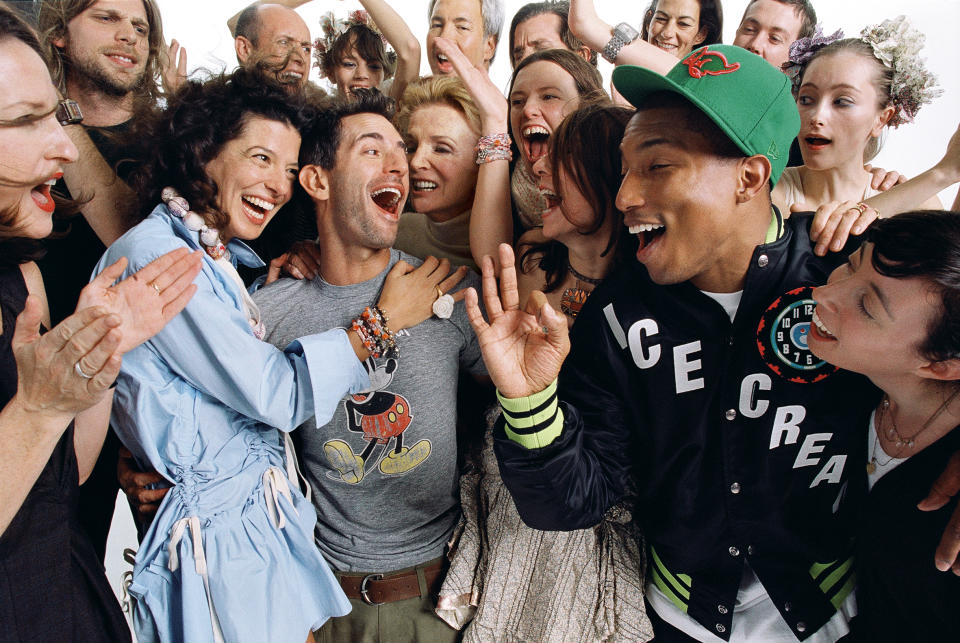
Photo by William Klein/ Courtesy Howard Greenberg
For Klein, an image of a chockablock newsstand didn’t just capture the remnants of another era and a diminishing sector, but the honor-system dish for payment personified a time when people trusted one another. “He’s great at social detail and he’s great at filling the frame with as much social information as he can. There’s never a dead area in one of his pictures. There is so much going on. It makes me wonder what he was looking at when he was holding the camera to his eye. He seems to be able to balance so much that is happening at once.”
The black-and-white image of two models passing each other in a crowded crosswalk, titled, ”Nina and Simone, Piazza di Spagna, Rome, 1960,” is one example of Klein’s precision. En route to Rome, he stopped in Sweden to visit the camera manufacturer Hasselblad, which had just then released a latest-and-greatest telephoto lens. “He was actually a long, long way from those models. That was unusual for William. He usually likes to shoot with a wide-angle lens. On that crosswalk, you get these very compressed frames with the black and white of the crosswalk, and they’re wearing black and white dresses,” Campany says. “He was in radio contact with someone on the ground. He was talking to them. Everyone else in the frame doesn’t know what’s going on. It’s a fashion photograph meets an impromptu street photographer.”
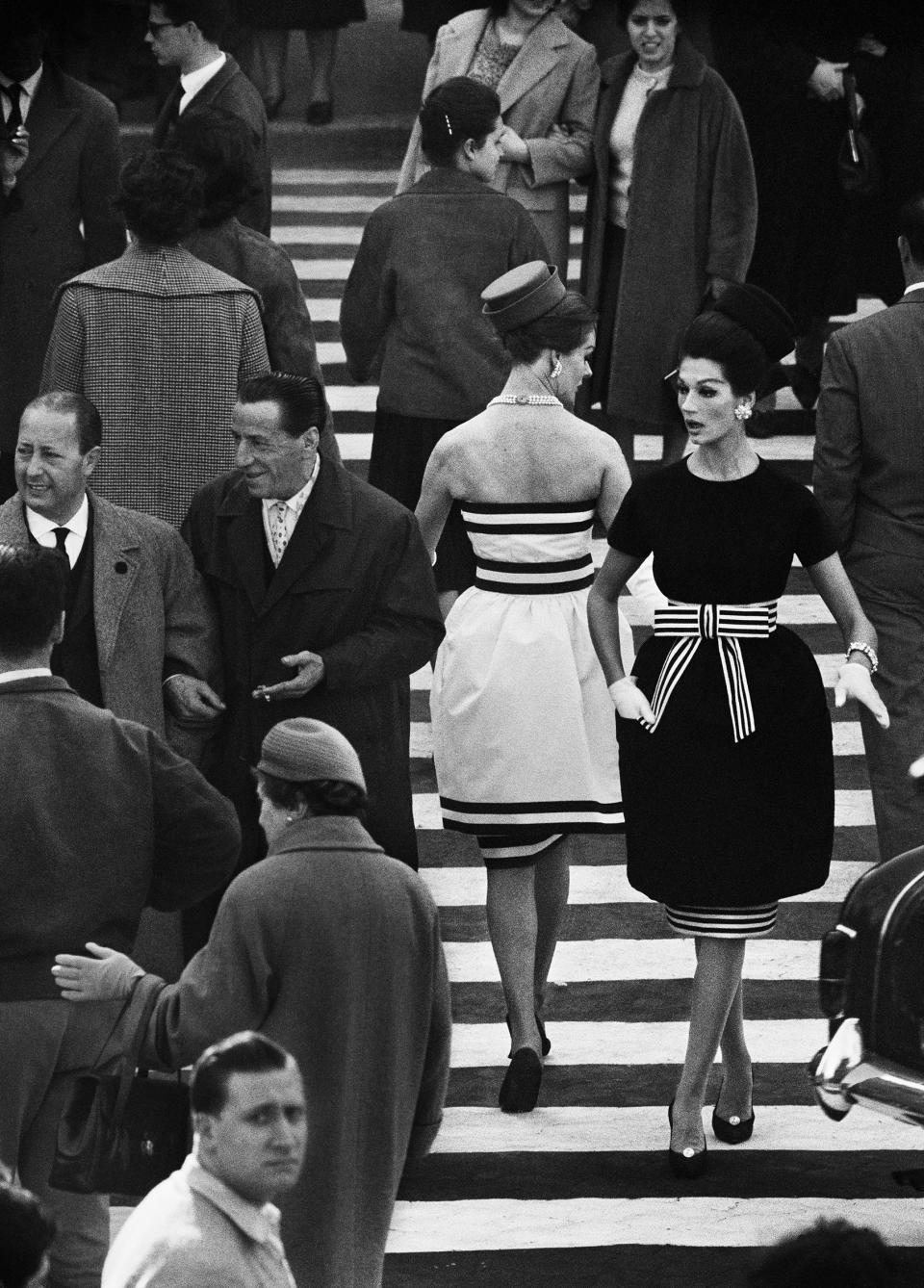
Photo by William Klein, Courtesy Howard Greenberg Gallery
Visitors to the exhibition will find that the models appear to be life-size, thanks to oversize versions on view. Although Klein now spends his time on exhibitions and other projects, as opposed to shooting, color photos that he took in Brooklyn in 2013 are in the exhibition.
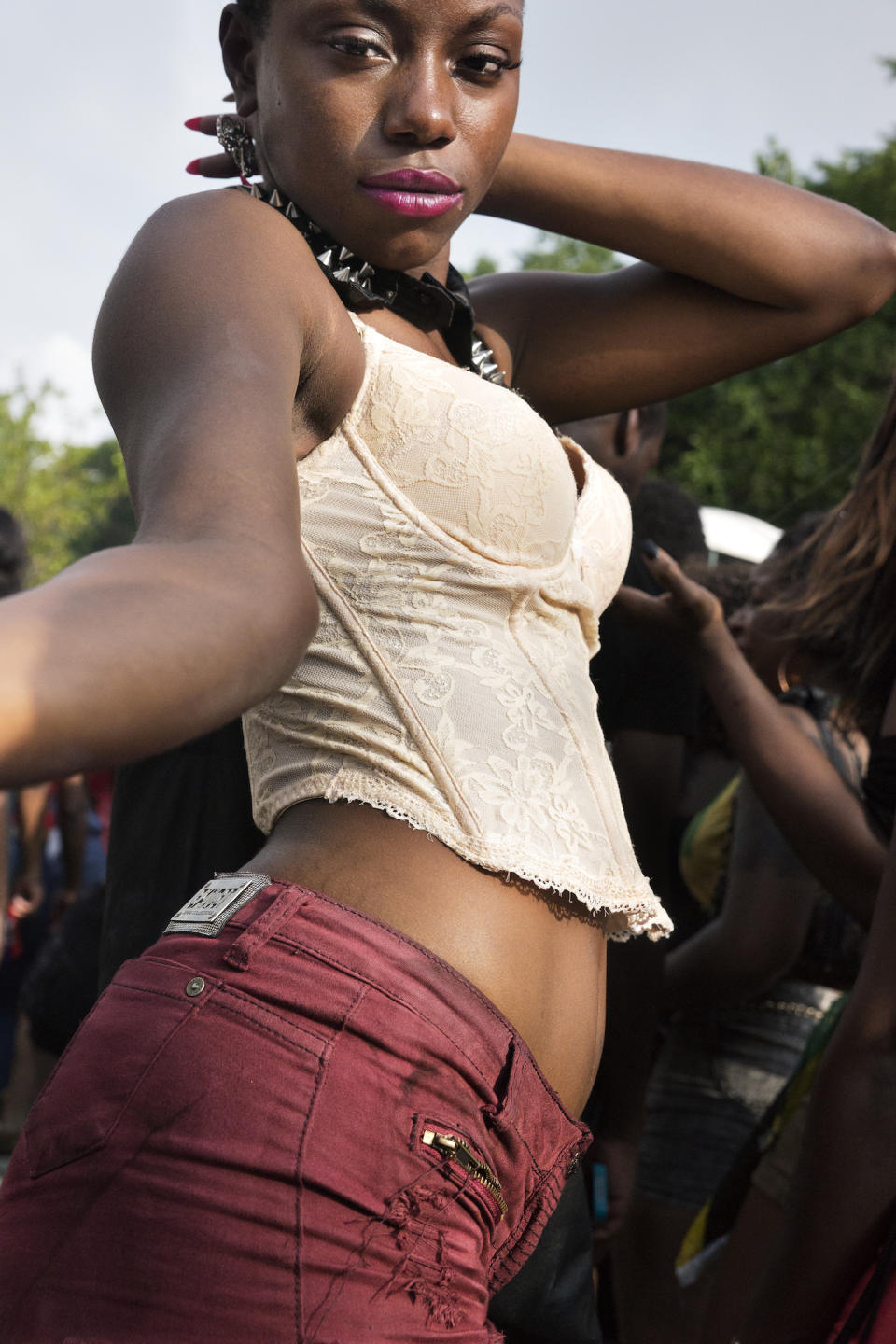
Photo by William Klein/Courtesy Howard Greenberg
After returning to New York in the ’50s, Klein experimented with new techniques using shading, unusual angles and other unexpected juxtapositions. Unable to publish some of those images which magnified the city’s obsession with money and racial divide, Klein created a book for them titled “New York.” Similar titles followed, including “Moscow” (which was done during the Cold War), “Rome” and “Tokyo.”
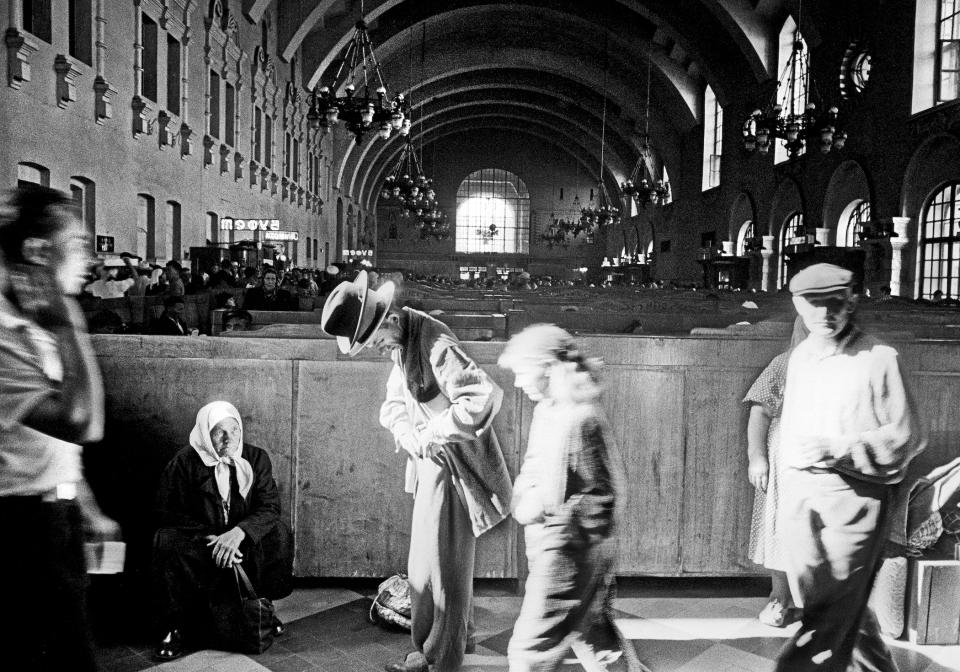
Photo by William Klein/Courtesy Howard Greenberg Gallery
Much of what the Jewish photographer experienced decades ago including anti-Semitism and subjects that he explored like the uproar with Russia still permeate today. Such relevance was Campany’s motivation for the show. “I’m not interested in Klein just as a historical figure. I’m interested in how he speaks to the present and his continued influence on younger photographers and filmmakers. There’s almost no area that hasn’t been touched by his work,” he says. “I see it as sharply contemporary.”
After Vogue’s editorial director Alexander Liberman saw a show of Klein’s abstract photographs in New York in 1954, the photographer — after some convincing — started what would develop into a 10-year run at the fashion magazine. Finding studio shoots a little stuffy, Klein took the models out in the streets, collaborating with them rather than instructing them. “This was at the end of the ’50s, you can see how he affects other photographers. Fashion starts to breathe again and become more ironic.”
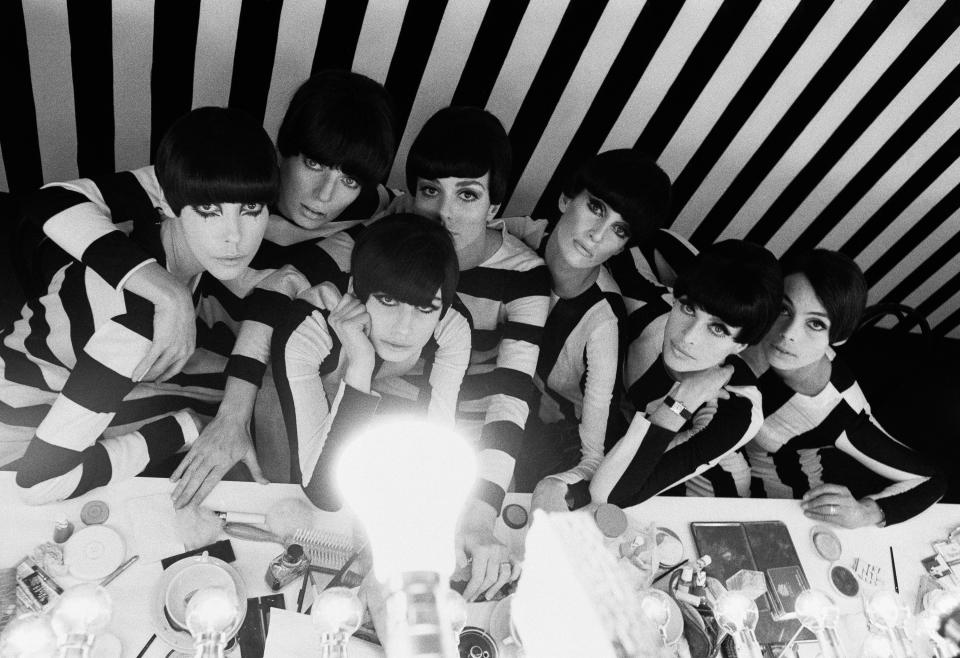
Photo by William Klein/Courtesy Howard Greenberg Gallery
His 1966 feature film “Who Are You, Polly Maggoo?” is probably “the most insightful one about fashion,” according to Campany. The social commentary that Klein excels at can also be seen in “Mr. Freedom,” a Vietnam War-era film that encompasses American imperialism and corporate capitalism. A precursor to reality TV was Klein’s “The Model Couple,” the story of a couple who get to live in an apartment with everything they could want providing they consent to be filmed 24 hours a day.
Campany says with a laugh. “Of course, the couple goes mad. The film crew goes mad.”
Best of WWD
Sign up for WWD's Newsletter. For the latest news, follow us on Twitter, Facebook, and Instagram.

